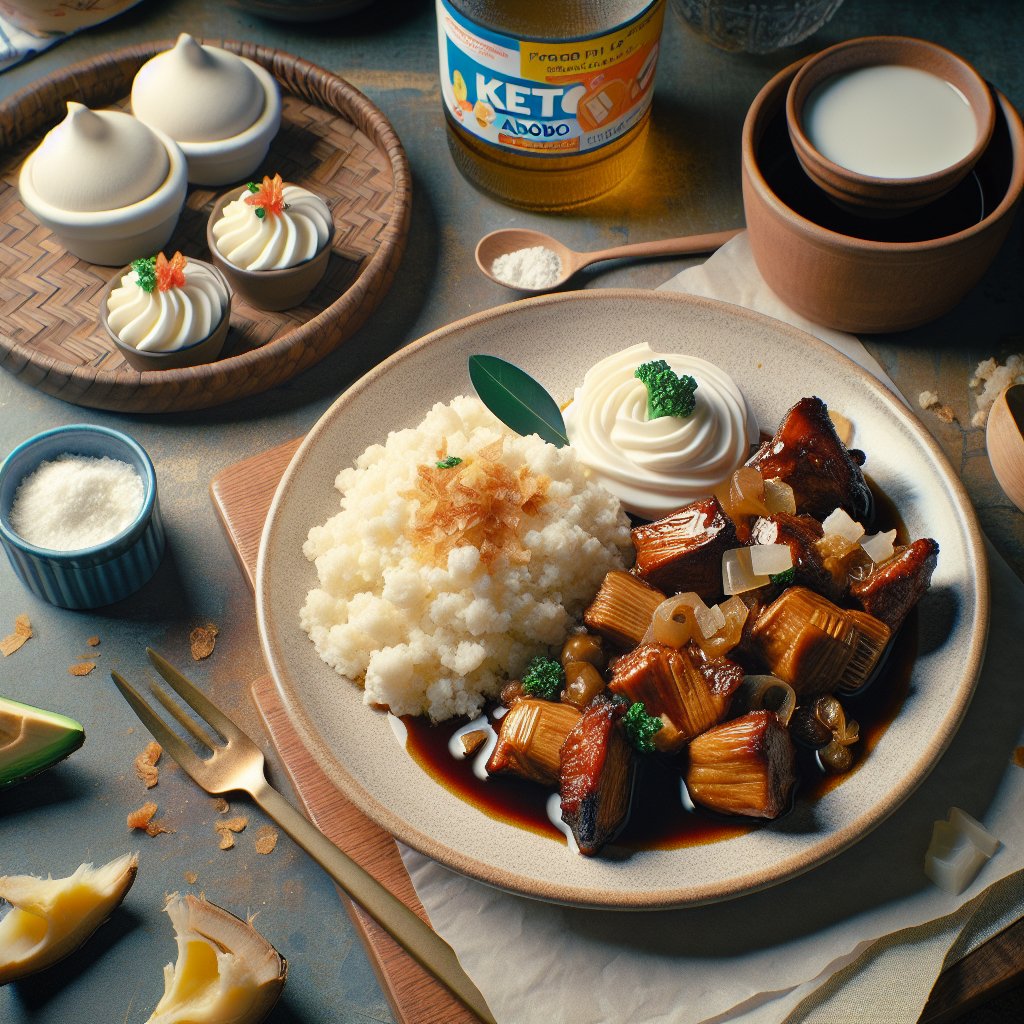Delicious and Keto-Friendly: Master the Best Keto Pizza Crust Recipe for Healthier Indulgence!
Embrace Keto-Friendly Living with Delicious Pizza Crust
Hey there, keto fam! If you’re reading this, chances are you’re just as excited as I am about the incredible world of ketogenic living. Whether you’re a seasoned keto enthusiast or a newbie dipping your toes into the low-carb lifestyle, there’s no denying the buzz surrounding delicious and keto-friendly recipes. Today, I’m here to let you in on a little secret – we’re talking all about the heavenly, indulgent, and keto-approved pizza crust!
With the growing popularity of the ketogenic diet, more and more people are realizing that living a low-carb life doesn’t mean sacrificing flavor and fun. In fact, it’s quite the opposite! The keto community has been buzzing about inventive, low-carb twists on classic recipes, and one that’s been causing a serious stir is the keto pizza crust recipe. Let’s dive in and discover how you can enjoy a healthier indulgence with the best keto pizza crust!

Benefits of Keto Pizza Crust
Let’s talk about the amazing benefits of using keto pizza crust! Apart from being absolutely delicious, keto pizza crust offers a range of health benefits that make it a fantastic choice for anyone following a ketogenic lifestyle. First and foremost, it’s low in carbs, which is a fundamental aspect of the keto diet. Traditional pizza crust is packed with carbs from wheat flour, but our keto crust recipe uses almond flour or coconut flour, significantly reducing the carb content.
Moreover, keto pizza crust is gluten-free, making it an excellent option for individuals with gluten sensitivities or those who prefer to avoid gluten for health reasons. It’s also keto-friendly, meaning it aligns with the macronutrient ratios of the ketogenic diet, helping you stay in ketosis and reap the benefits of fat burning and increased energy.

List of Key Ingredients for the Best Keto Pizza Crust
Creating a delicious and keto-friendly pizza crust starts with the right ingredients. These key components not only contribute to the fantastic taste and texture of the crust but also ensure that it aligns with the low-carb, high-fat ketogenic diet. Here are the essential ingredients you’ll need:
1. Almond Flour
Almond flour is a staple in keto baking for its low carb content and nutty flavor. It’s a great source of healthy fats, protein, and fiber, making it an ideal choice for crafting a keto pizza crust.
2. Mozzarella Cheese
Mozzarella cheese acts as a binding agent in the crust, giving it that perfect chewiness. Plus, it provides a dose of calcium and protein, fitting well into a keto lifestyle.
3. Psyllium Husk
Psyllium husk adds structure and elasticity to the crust, mimicking the texture of traditional pizza dough. It’s also rich in soluble fiber, promoting gut health and aiding digestion on the keto diet.
By combining these key ingredients, you set the stage for a mouthwatering, guilt-free keto pizza crust that will satisfy your cravings without compromising your health goals.
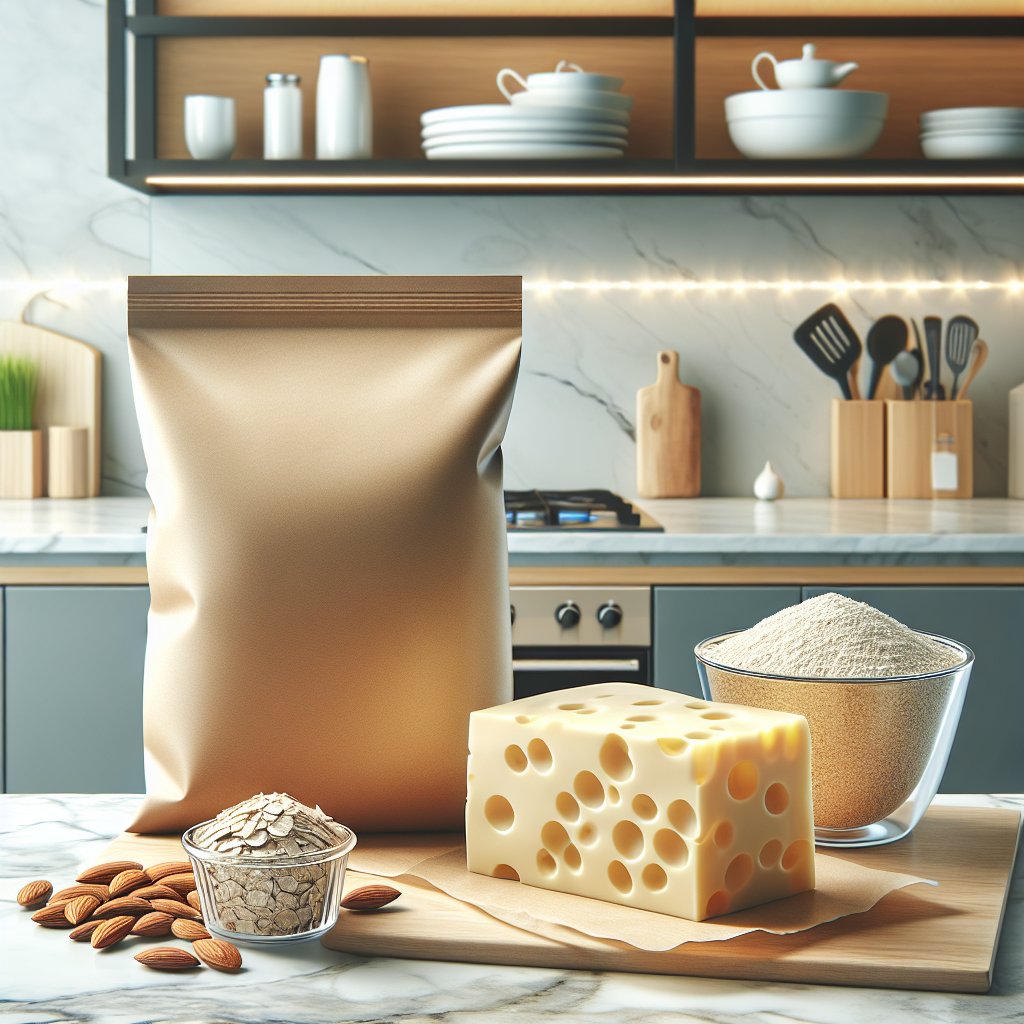
Step-by-Step Instructions
Creating the best keto pizza crust is easier than you think! Follow these detailed steps to achieve a crispy and delicious crust:
Ingredients:
- 1 1/2 cups of shredded mozzarella cheese
- 3/4 cup almond flour
- 2 oz cream cheese
- 1 egg
- 1/2 tsp Italian seasoning
- 1/4 tsp garlic powder
- Pinch of salt
Instructions:
- Preheat your oven to 425°F (220°C).
- Combine the mozzarella cheese and cream cheese in a microwave-safe bowl and heat it until melted, stirring occasionally.
- Mix in the almond flour, egg, Italian seasoning, garlic powder, and salt to form a dough.
- Roll the dough into a ball, then place it between two sheets of parchment paper and roll it out into your desired pizza crust shape.
- Remove the top parchment paper and transfer the crust along with the bottom parchment paper onto a baking sheet.
- Bake for 12-15 minutes, until the crust is golden and crispy.
- Now it’s ready for your favorite keto-friendly pizza toppings! Enjoy!
These simple steps will help you achieve the perfect texture and flavor for your keto pizza crust, making your pizza night a healthier indulgence!

Variations and Customizations: Make It Your Own
Alright, keto pizza lovers, here’s where the fun begins! Once you’ve mastered the basic keto pizza crust recipe, the possibilities are endless. You can experiment with different herbs and spices to give your crust a unique flavor profile. Try adding garlic powder, oregano, or even a dash of red pepper flakes for a little kick.
When it comes to toppings, get creative! Load up on your favorite low-carb veggies like spinach, bell peppers, and mushrooms. For a protein punch, add some grilled chicken or pepperoni. Remember, the key is to keep it low-carb and high-fat to stay in ketosis while enjoying your delicious pizza.
Now, let’s dive into the art of customizing your keto pizza to suit your individual taste. Remember, it’s all about making it your own!
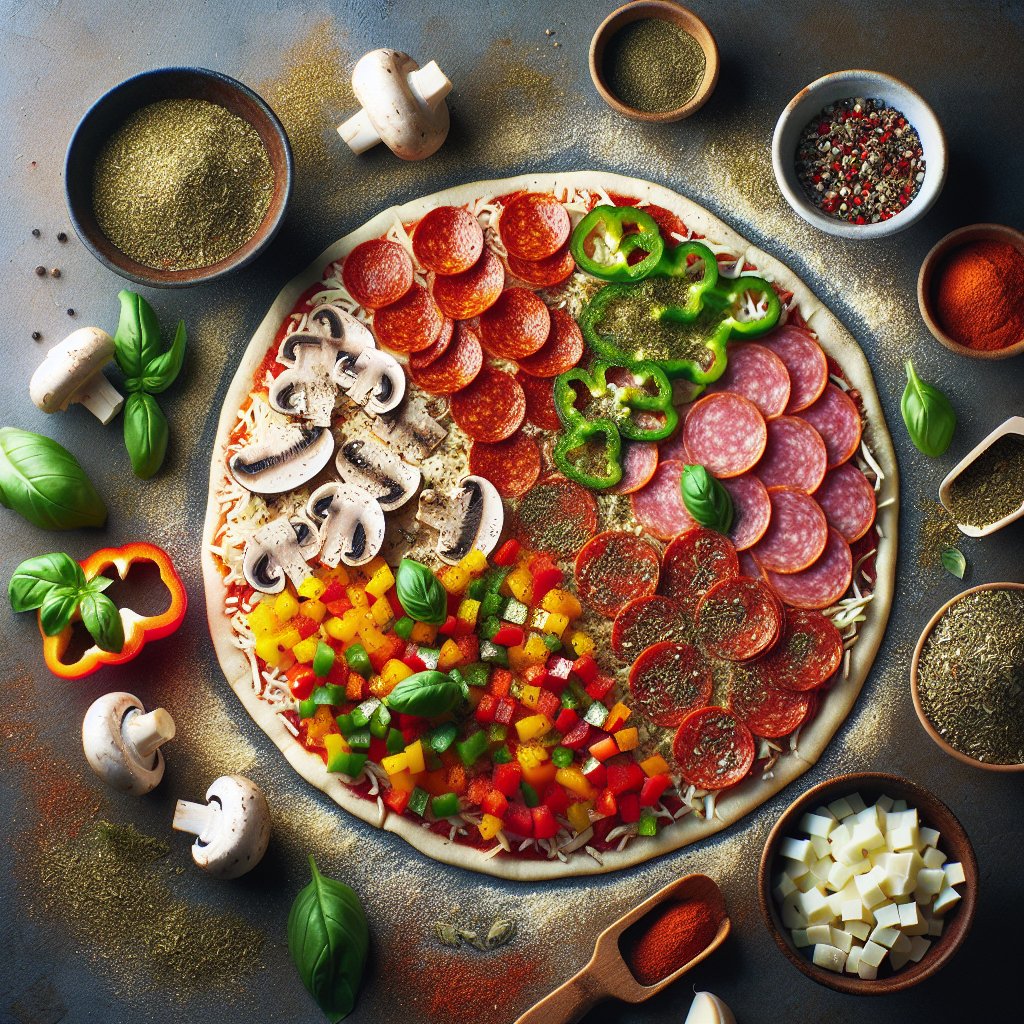
Nutritional Information
When it comes to the keto pizza crust, it’s not just about the taste but also the nutritional benefits. The best keto pizza crust recipe ensures you can indulge without the guilt. Let’s break down the numbers. A typical keto pizza crust made with almond flour and cheese contains approximately 150 calories, 12g of fat, 2g of net carbs, and 7g of protein per serving.
This nutritional profile makes it a perfect choice for those following a ketogenic diet. The low carb and high healthy fat content supports ketosis, while the moderate protein content helps maintain muscle mass. So, you can enjoy your pizza guilt-free!
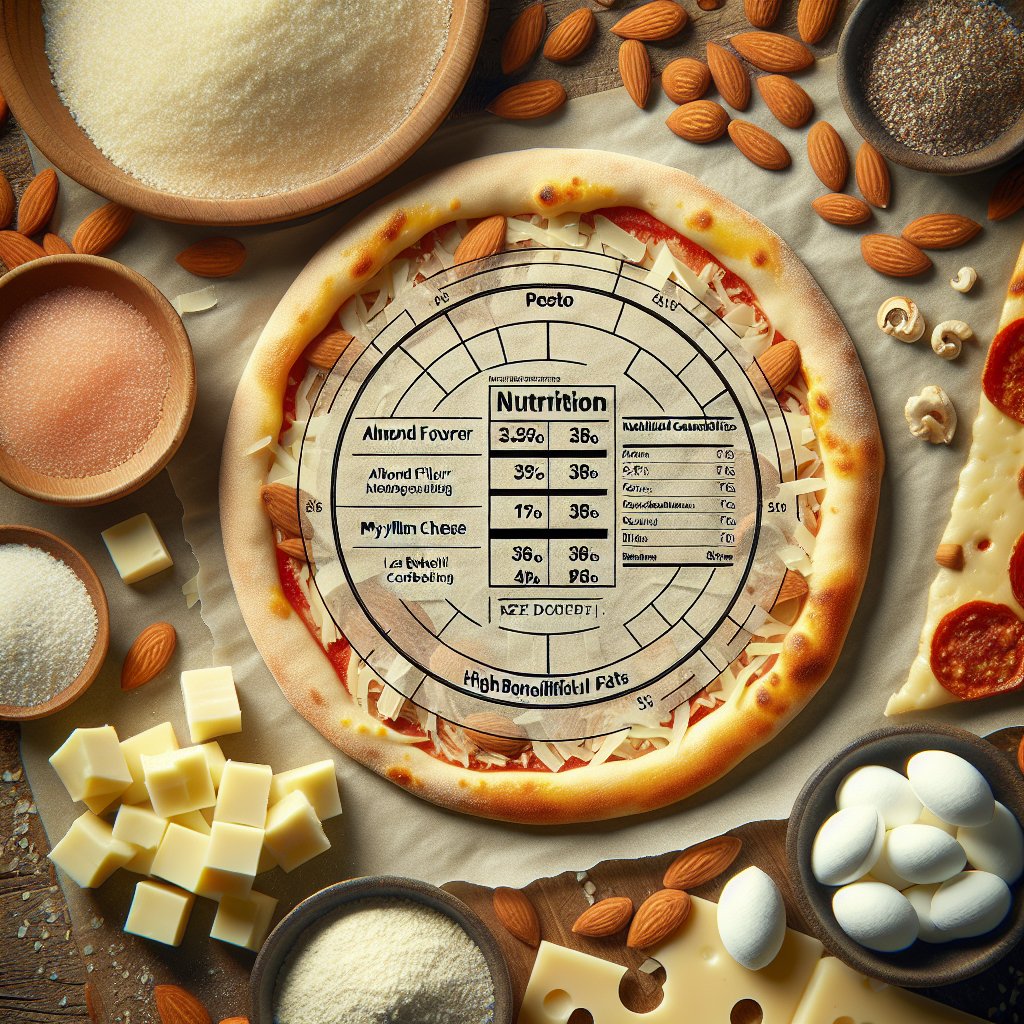
Tips for Success
So, you’ve got all the ingredients ready and you’re excited to make the best keto pizza crust. But before you dive in, here are a few tips and tricks for a successful keto pizza crust that you won’t find in your average pizza recipe.
-
Almond Flour Precautions: Almond flour can be quite absorbent, so don’t forget to add a smidgen of extra water to prevent a dry crust.
-
Parchment Paper Magic: When rolling out the dough, place it between two sheets of parchment paper to avoid sticking and make the process much smoother.
-
Uniform Thickness: Aim for a consistent crust thickness to ensure even baking. This will prevent some areas from being undercooked while others are crispy.
-
Pre-baking the Crust: To achieve that perfect crispness, consider pre-baking the crust for a few minutes before adding toppings.
-
Cheese Topping Protective Layer: To prevent your crust from becoming soggy, sprinkle a light layer of cheese on the crust before adding your sauce and toppings. This creates a barrier that stops moisture from making the crust soggy.
More tips like these can really make a difference in achieving the best keto pizza crust. Let’s head on to making this delectable keto recipe!
[Word count: 198]

Comparison with Traditional Pizza Crust
Let’s talk about the differences between keto pizza crust and traditional pizza crust. When it comes to taste, keto pizza crust offers a unique nutty flavor due to its use of almond flour and mozzarella cheese. On the other hand, traditional pizza crust has a more familiar yeasty taste.
Texture-wise, keto pizza crust tends to be a bit denser and chewier due to the lack of gluten, while traditional pizza crust is lighter and has that classic crispiness.
In terms of health benefits, keto pizza crust is a winner. It’s low in carbs, high in healthy fats, and contains a good amount of protein, which can help keep you feeling satisfied for longer. Traditional pizza crust, on the other hand, is typically high in carbs and lacks the beneficial fats and protein found in keto crust. This makes keto pizza crust a healthier option that won’t throw you off your ketogenic journey.
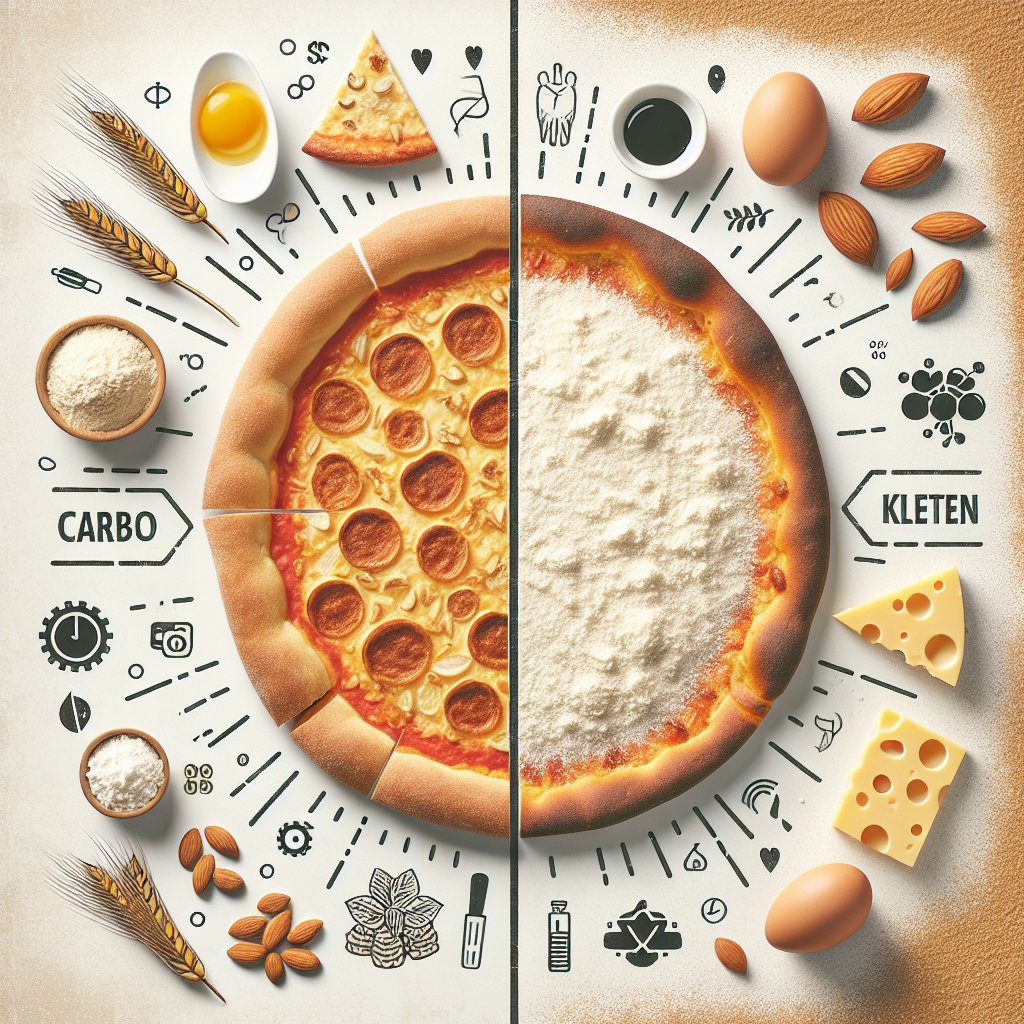
Conclusion
Today, we delved into the world of keto-friendly pizza crust, exploring how to create the ultimate guilt-free indulgence. We uncovered the health benefits of a keto pizza crust – from its ability to aid weight loss to its positive effects on heart health and blood sugar control. Equipped with almond flour, eggs, and a handful of spices, we’ve mastered a recipe that not only supports your low-carb lifestyle but also tantalizes your taste buds. This low-carb, high-fat pizza crust offers all the deliciousness of a traditional pizza base without the guilt, making it the perfect choice for a healthier indulgence. So, what are you waiting for? It’s time to savor the best keto pizza crust recipe and treat yourself to a slice of pure delight!

Delicious and Keto-Friendly: Master the Best Keto Pizza Crust Recipe for Healthier Indulgence!
Servings: 4
Preparation time: 30 minutes
Ingredients:
| 2 cups shredded mozzarella cheese |
| 3/4 cup almond flour |
| 2 tbsp cream cheese |
| 1 tsp Italian seasoning |
| 1/2 tsp garlic powder |
| 1 egg |
Instructions:
| 1. Preheat the oven to 425°F (220°C). |
| 2. In a microwave-safe bowl, combine the shredded mozzarella cheese and cream cheese. Microwave for 1 minute, stir, then microwave for an additional 30 seconds, or until fully melted. |
| 3. In a separate bowl, combine the almond flour, Italian seasoning, and garlic powder. |
| 4. Add the almond flour mixture and the egg to the melted cheese mixture. Mix until a dough forms. |
| 5. Place the dough on a piece of parchment paper and cover with another sheet of parchment paper. Using a rolling pin, roll the dough out into a circular pizza crust, about 1/4 inch thick. |
| 6. Remove the top parchment paper and transfer the crust (with the bottom parchment paper) to a baking sheet or pizza stone. |
| 7. Bake the keto pizza crust in the preheated oven for 10-12 minutes, or until golden brown and firm to the touch. |
| 8. Once the crust is baked, add your favorite keto-friendly pizza toppings, such as sugar-free marinara sauce, shredded mozzarella cheese, pepperoni, olives, and bell peppers. |
| 9. Return the pizza to the oven and bake for an additional 5-7 minutes, or until the cheese is melted and bubbly. |
| 10. Slice the keto pizza into portions and serve hot. |
Nutrition facts:
| Calories per serving | 280 |
| Total Fat | 20g |
| Saturated Fat | 9g |
| Cholesterol | 76mg |
| Sodium | 340mg |
| Total Carbohydrates | 6g |
| Dietary Fiber | 2g |
| Sugars | 1g |
| Protein | 21g |


